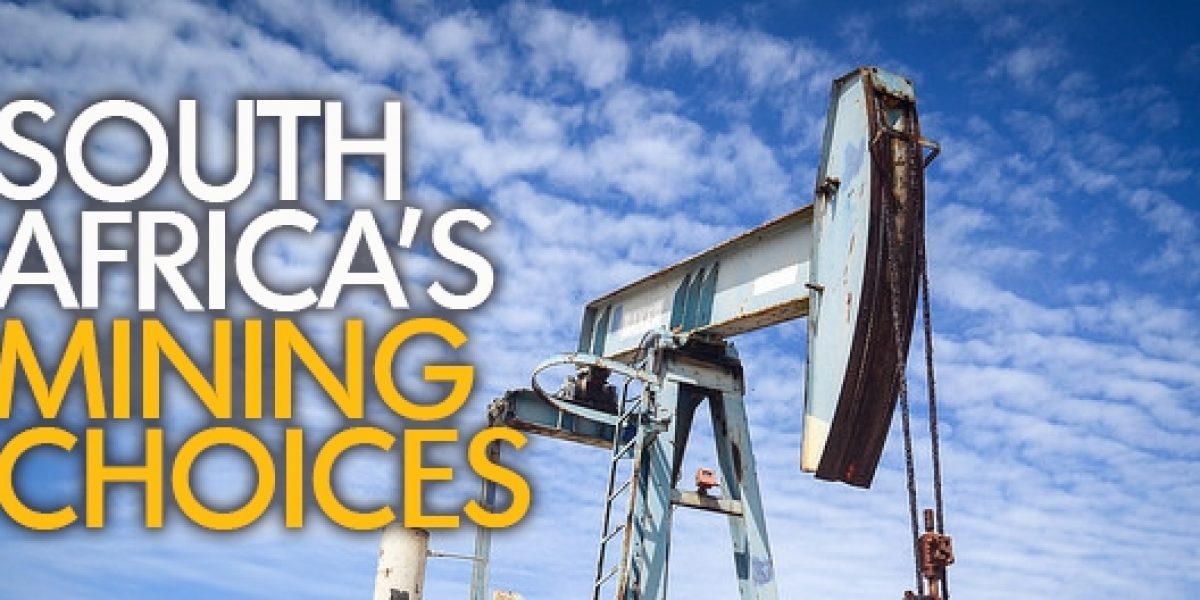Predicting the future is at best an imprecise science, but there is little fundamental reason to expect either oil or other commodity prices to recover significantly in the near future. Times are tough, but the indaba affords an important opportunity for mining executives, investors and government delegations from across the continent to grapple with the implications of the headwinds facing the industry.
First, there is an oil-supply glut, likely to expand further with low-cost Iranian production coming on stream soon. Europe is grappling with stagflation and a severe migration crisis, the combination of which could signal a serious challenge to the European integration project. The US is recovering, but not fast enough to consume excess supply. Even with zero interest rates in a large sphere of the developed world, the liquidity trap persists — easy monetary policy designed to spur consumption is unlikely to work against the backdrop of persistent uncertainty in global markets.
Second, China’s transition to a more consumption-driven, services-intensive economy is not going smoothly. Its stock market has experienced substantial volatility, although some analysts argue this has little do with the fundamentals of the economy.
Either way, the implications for commodity producers are bleak. China already has excess manufacturing supply capacity that a weak global economy cannot absorb. It simply has to import fewer commodities as it moves away from manufacturing.
The hope, at a global level, is that as mass urban migration into the ‘spending class’ continues (especially in India and China), some commodities will recover. Copper and platinum are arguably good bets. Copper is an irreplaceable conduit for electricity transmission. As the world transitions to cleaner and greener energy, it will need increasing volumes of copper to do so.
Similarly, platinum, as a crucial ingredient in fuel cell technology, will be required in greater volumes as the world breaks its addiction to fossil fuels.
Of course, the question is whether companies extracting them can survive the downturn. BHP Billiton, for instance, is trying to avoid a credit rating downgrade, with some analysts arguing that the company requires a US$10bn stock sale to do so. Anglo American Platinum is under similar pressure, recently announcing US$1bn worth of asset write-downs. Closer to home, the International Monetary Fund has revised its growth outlook for South Africa from 1.3% to 0.7% for 2016.
Domestic commodity extractors are also facing soaring input costs, even as rand deflation helps bring in more nominal revenue. At a country level, the trade deficit continues to widen even though our exports are now more competitive.
Part of the explanation for this is that globalised value chains mean currency devaluation export gains are eroded by costly imports required for production. In other words, mining companies are importing costly dollar-priced machinery (to soften the effect of rising labour costs and instability, among other variables), which means even if gold exports bring in more rands, the gain is offset by rising production costs.
Investors in mining companies look for excellent management teams, projects with near-production assets, and companies that are cash-flush. Investment inflows into South African mining have been slowing for some time, now compounded by a general drop in foreign direct investment (FDI) flows, which fell 74% in SA last year, even while climbing 36% globally.
Mining remains crucial to South Africa’s economic welfare. It still dominates the JSE, which means its decline is negatively affecting thousands of pension funds, in addition to the huge layoffs announced by companies such as Anglo. Restructuring is not unpatriotic; it is the effect of global difficulty interacting with a domestically unattractive investment environment.
The key to attracting mining investment is to reassure investors that South Africa is a good bet. Regulatory stability, predictability and consistency remain irreplaceable conditions for doing so. With US$1.7-trillion floating around the world seeking the best returns, South Africa could capitalise significantly.
Recent work by SAIIA shows that three simple changes to the institutional elements would reap high returns.
First, amending the mining law to clarify the process of rights allocation would signal to investors that they will not be treated arbitrarily in attempting to secure rights.
More broadly, the country’s mining legislation should cohere with the National Development Plan (NDP), lest it signals to investors that the NDP is meaningless as a guiding macroeconomic framework.
Second, the country requires strong political leadership in the mining sector. Since replacing Ngoako Ramatlhodi as mines minister in September, Mosebenzi Zwane has kept a relatively low profile, adding to uncertainty in the sector.
Third, mining companies should no longer be pressured to subsidise downstream metallurgical beneficiation, as it may deter mining investment in the first instance. There may be some instances in which it makes economic and political sense to add value to a commodity before exporting it, but these require a clear strategic plan and sophisticated incentive structures (not quotas and export limits for undefined ‘strategic assets’).
It would also be economically inefficient to compete directly with China, partly because it has achieved manufacturing competitiveness through heavy subsidisation that South Africa cannot afford.
Beneficiation may occur as a second-order effect, but an effective state should focus on creating the initial conditions to attract investment into those opportunities rather than attempting to coerce companies into inefficient production patterns.
The Mining Indaba will present significant investment opportunities, but South African policymakers will have to support their likely promises of policy predictability with credible action if they want to realise those opportunities.








